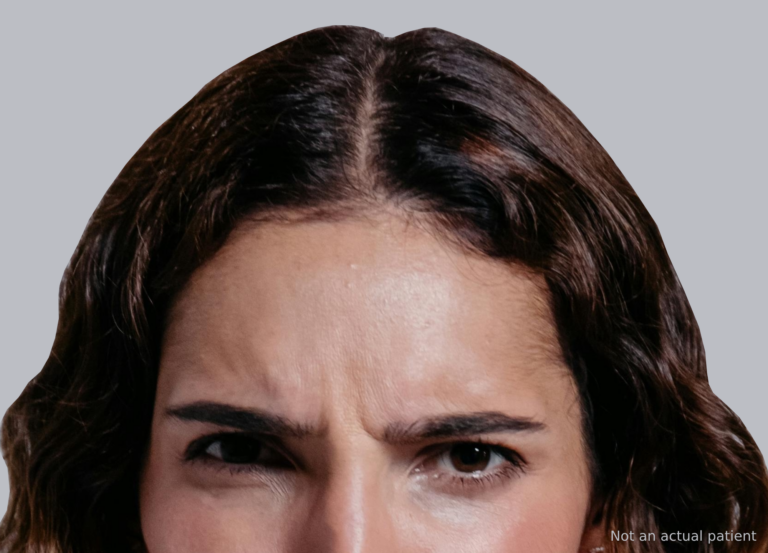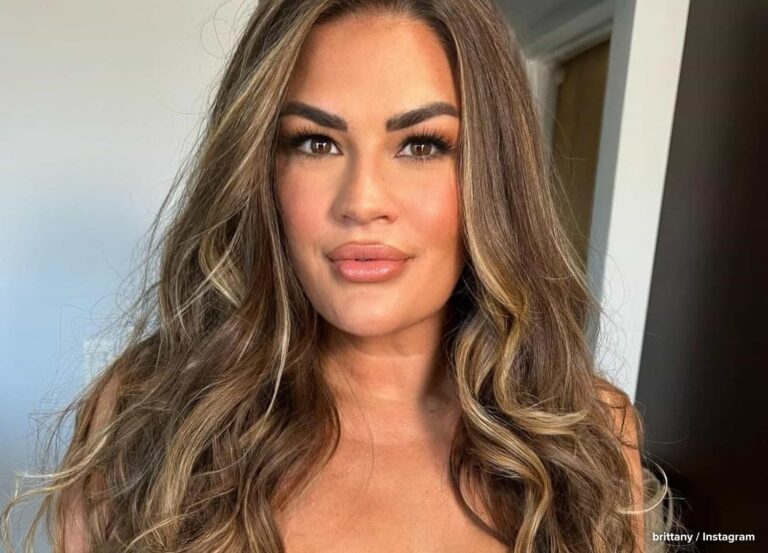Priyanka Chopra is opening up about the devastating effect a nose surgery gone wrong had on her mental health early in her career. The 40-year-old actress and star of Citadel and of the upcoming rom-com Love Again first detailed the experience in her 2021 memoir, Unfinished. In 2001, following the advice of a doctor, she underwent what was expected to be a routine surgery to remove a polyp in her nasal cavity—but the procedure went horribly awry. “While shaving off the polyp, the doctor also accidentally shaved the bridge of my nose and the bridge collapsed. When it was time to remove the bandages and the condition of my nose was revealed, mom and I were horrified. My original nose was gone. My face looked completely different. I wasn’t me anymore,” she wrote.
According to Dr. Mark Albert, a board-certified plastic surgeon in New York City, this is an extremely uncommon and strange scenario; he notes that the removal of a polyp (a noncancerous growth of excess tissue) and a rhinoplasty are two very separate and different procedures. “A polyp is usually removed from the mucosa of the airway. Typically, the skin is not lifted up and changes are not made to the structure of the nose itself,” he explains. “This procedure is usually performed by ENTs and normally does not change the shape or appearance of the nose,” he adds. Dr. Ari Hoschander, a board-certified plastic surgeon in Rockville Centre, New York, agrees: “A polyp removal should not change the look of the nose,” adding that he doesn’t even perform this type of surgery.
So why did this happen to Chopra? It’s unclear, although Dr. Albert speculates that there was likely some type of miscommunication along the line, particularly as it pertains to her describing what happened to her nose. “A lot of the medical terminology, anatomy, and procedure descriptions can be confusing, but it’s unlikely that a surgeon performing a polyp removal would accidentally remove the bone or cartilage of the nose,” he explains. This is a much more likely potential risk during a septoplasty or rhinoplasty, when too much septal cartilage is removed or other structural components of the nose are over-resected, causing it to collapse, he adds.
Dr. Hoschander points out that while polypectomy and rhinoplasty are two separate procedures, they can be performed at the same time. “It’s likely that she asked for a rhinoplasty while she was undergoing the polyp surgery. The doctor would not have shaved the nose for just a polyp removal.” He also adds that her nose collapsing is very uncommon. “It’s hard to know without seeing standardized before and after photos, but it is possible that she had an over-resected septum and a rhinoplasty could have caused the collapse. She also could’ve had an over-resected dorsum as well.”
Procedural details aside, Chopra recently revealed that the aftermath sent her mental health into a tailspin. “It was a dark phase. This thing happens, and my face looks completely different, and I went into a deep, deep depression,” she said on an episode of The Howard Stern Show... She felt her altered appearance was the reason she was fired from three different movies and went on to say that things got so bad she wasn’t leaving the house.
Dr. Albert says this type of intense psychological trauma isn’t uncommon among patients who come to him for revision rhinoplasty, unhappy with the results of a prior surgery. “This is a very traumatic process for people to go through. Everyone has high hopes for their first surgery, and when they don’t look the way they want to afterward, coupled with the time it takes for swelling and healing to resolve, it can be very difficult,” he says. “Depression and other psychological conditions are common among this population. Medical care from a psychiatrist is the best treatment if someone is exhibiting signs of depression after surgery, but making surgical changes to correct specific issues with the nose can certainly help a patient’s overall well-being.”
Ultimately, at the encouragement of her father, a doctor, Chopra underwent several reconstructive surgeries. Dr. Albert notes that these, in and of themselves, can be challenging. “The most common concern in revision rhinoplasty is achieving a cosmetically optimal result. There’s usually a great deal of scar tissue present, and the normal anatomy has been altered. It typically involves rebuilding the structural integrity of the nose,” he explains.
Today, she feels like her nose has “normalized,” and she’s accepted her appearance. “While it took a few years of seeing a stranger gazing back at me every time I looked in the mirror, I’ve gotten accustomed to this face. Now when I look in the mirror, I am no longer surprised—I’ve made peace with this slightly different me. This is my face. This is my body. I might be flawed, but I am me.”











